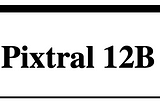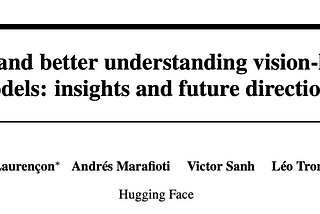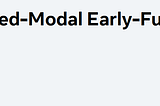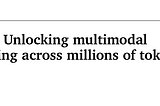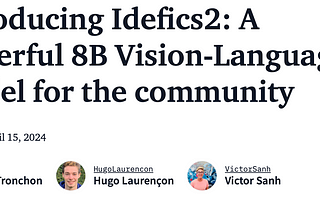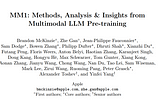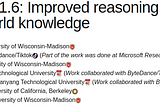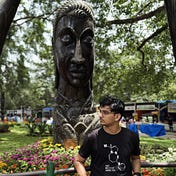Dec 10, 2024
36 stories
13 saves
Improves upon its predecessor by using more advanced language models from the Gemma 2 family while retaining the original vision encoder, leading to better performance across various tasks and exploring new tasks.
A collection of small, efficient, open-source vision-language models built on top of Danube, trained on 37 million image-text pairs, specifically designed to perform well on document analysis and OCR tasks while maintaining strong performance on general vision-language benchmarks.
A family of multimodal large language models designed to enhance capabilities in text-rich image understanding, visual referring and grounding, and multi-image reasoning, achieved through a data-centric approach involving diverse data mixtures, And specialized variants for video and mobile UI understanding.
A family of open-weight vision-language models that achieve state-of-the-art performance by leveraging a novel, human-annotated image caption dataset called PixMo.
A family of multimodal large language models, provides a comparison between decoder-only multimodal LLMs and cross-attention based models and proposes a hybrid architecture, it further introduces a 1-D title-tagging design for tile-based dynamic high resolution images.
A 12B parameter natively multimodal vision-language model, trained with interleaved image and text data demonstrating strong performance on multimodal tasks, and excels in instruction following.
Provides an extensive exploration of the design space for MLLMs using a mixture of vision encoders and resolutions, and reveals several underlying principles common to various existing strategies, leading to a streamlined yet effective design approach.
A family of visual language models that enables image and video understanding with improved training recipes, exploring enhanced vision-language fusion, higher input resolution, and broader modalities and applications.
A VLM based on Llama 3.1 and SigLIP-SO400M trained efficiently, using only open datasets and a straightforward pipeline, significantly outperforming in document understanding tasks.
A comprehensive system for developing Large Multimodal Models, comprising curated datasets, training recipes, model architectures, and pre-trained models that demonstrate strong in-context learning capabilities and competitive performance on various tasks.
Combines SigLIP vision model and the Gemma language model and follows the PaLI-3 training recipe to achieve strong performance on various vision-language tasks.
A family of early-fusion token-based mixed-modal models capable of understanding and generating images and text in any arbitrary sequence.
A more lightweight variant of the Gemini 1.5 pro, designed for efficiency with minimal regression in quality, making it suitable for applications where compute resources are limited.
An omni model accepting and generating various types of inputs and outputs, including text, audio, images, and video.
Provides a comprehensive introduction to VLMs, covering their definition, functionality, training methods, and evaluation approaches, aiming to help researchers and practitioners enter the field and advance the development of VLMs for various applications.
Improvement upon Idefics1 with enhanced OCR capabilities, simplified architecture, and better pre-trained backbones, trained on a mixture of openly available datasets and fine-tuned on task-oriented data.
A multimodal llm that combines a ViT-H image encoder with 378x378px resolution, pretrained on a data mix of image-text documents and text-only documents, scaled up to 3B, 7B, and 30B parameters for enhanced performance across various tasks
A family of VLMs consisting of Haiku, Sonnet, and Opus models, sets new industry standards for cognitive tasks, offering varying levels of intelligence, speed, and cost-efficiency.
A highly compute-efficient multimodal mixture-of-experts model that excels in long-context retrieval tasks and understanding across text, video, and audio modalities.
An improved version of a LLaVA 1.5 with enhanced reasoning, OCR, and world knowledge capabilities, featuring increased image resolution










